2022-2023 Cohort III Projects
Textile Engineering of Polyethylene (PE) Recycling for Future Vehicles
Waste plastics have been contaminated the entire food chain, including air, water, and soils, as found in Mariana trenches and babies. In the United States, approximately 37 million tons of plastic are used every year, according to the McKinsey estimates. Packing and food service uses contribute 16 million tons which is single-use disposable plastic. More than 70% of the single-use plastic waste is sent to landfills. This presents a considerable opportunity to upcycle the plastic waste into high-value carbon materials. Concurrently, a significant surge in demand for carbon materials is expected from energy storage and transportation applications. In 2021, vehicles transported 11 billion tons of freight, more than $32 billion worth of goods each day, and moved people more than 3 trillion vehicle miles. Future vehicles, especially electric vehicles, are driving significant strides in the decarbonization of the national transportation system to lower the carbon footprint. Low-density composites, such as polymers reinforced by carbon fibers (CFs), have huge potential in providing less fuel consumption and value-added functions (e.g., structural health monitoring, thermal management, self-healing, CO2 adsorptions). Thus, a paradigm shift in composite design and manufacturing via the inclusion of plastics recycling is urgently needed to enable lightweight composites with exceptional sustainability, efficient structural supportability, and even CO2 scrubbing functions.
Thus, this project will study the manufacturability of waste plastic-based CFs based on our preliminary results in carbon precursors and carbon fiber development, especially for thin-diameter fibers’ structural and hierarchical design. We will leverage multidisciplinary protocols and collaborate with GSI Inc. and TPI Inc, with the ultimate goal to reduce manufacturing cost and improve vehicle performance that can eventually eliminate solid wastes in future cities (e.g., ~70% plastics in metropolitan cities). Here we propose to use waste composite-containing precursors and develop a new manufacturing method for composites with lighter weight (~1-1.5 g/cm3), lower cost (e.g., materials from recyclable solid waste), carbon emission reductions (e.g., activated carbon-containing), and health monitoring (e.g., lifetime predictive) for electric vehicle (EV) use. The successful spinning of this hierarchical microstructure depends upon a complex spinneret in a well-designed fiber technology (Figure 1). The spinneret is in-house designed and has three channels responsible for generating the interior, the middle, and the exterior layers, each of which was fed by one type of spinning dope. These layered structures showed high mechanical reinforcement and sensitivity to structural changes and also include CO2 scrubbing capabilities as additional structural features. Additionally, the proposed scalable manufacturing method applies to different polymer/nanoparticle composites for other broad applications and industries besides EV and other future vehicles, into avionics and aerospace OEMs, ballistic protection, sensors, actuators, communication devices, data collection, and energy generation and EV high voltage storage.
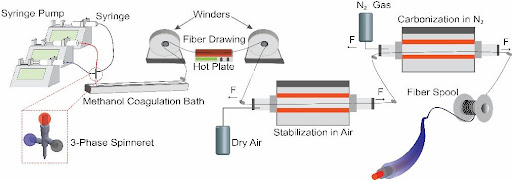
Figure 1. Inclusion of recyclable-based fillers in porous, carbonized fiber manufacturing for lightweight, mechanical reinforcement, health monitoring, and CO2 scrubbing with potential applications in EVs

Kenan Song
Assistant Professor
Arizona State University
[email protected]
Kenan Song is currently an assistant professor at Arizona State University (ASU). He obtained his Ph.D. in Mechanical Engineering from Northeastern University (2015) and trained as a Postdoc in Chemical Engineering and Materials Science and Engineering departments at MIT (2015–2017) before joining ASU. Dr. Song’s current research includes textile engineering, coating technology, and 3D printing, especially the innovative use of manufacturing tools in tuning material dimensions (e.g., 1D fibers, 2D coatings, and 3D layers), types (e.g., polymers, nanoparticles), mesoscale structures (e.g., polymer chemistry, nanoparticle morphologies, composite interfaces), and properties (e.g., mechanical, thermal, electrical, optical, and stimuli-responsive behaviors). Prof. Kenan Song has awarded the 2022 NSF CAREER Award, 2022 ACS PMSE Young Investigator Award, 2022 SAMPE Young Professional Emerging Leadership Award, and 2021 ACS ND award.
Decision Support Tools for Cities Transitioning to Clean Energy
PI: Shade T. Shutters; Co-PIs: Michael Simeone, Julia Damerow
School of Complex Adaptive Systems
Humanity is currently facing an unprecedented threat due to a rapidly changing global climate system. One task that countries can undertake to address this issue is transitioning their energy production systems from carbon-intensive energy sources, such as coal and oil, to low-carbon sources, such as solar, wind, or geothermal. Several countries have committed to such a transition while others, like Germany, have already begun the process.
Total social benefits of an energy transition are generally expected to outweigh total costs. However, aggregate assessments can hide the differential impacts felt at the local level and can mask the dark side of an energy transition. A national energy transition certainly creates many winners, but it also creates losers. Entire regions dependent on legacy energy sources may be left economically devastated by an otherwise socially beneficial energy transition. In some parts of Germany, the shuttering of coal mines has already resulted in violent clashes between displaced workers and police and led to a sharp rise in the presence of right-wing extremist groups. In parts of the US, such as Northeast Arizona, the closure of coal-fired power plants will, without some type of intervention, likely lead to wide-spread economic disruption, high unemployment, and depopulation.
Though countries are beginning to understand the economic disruptions and social unrest that come with an energy transition, they are struggling with how to mitigate such impacts. The US Economic Development Administration has already earmarked over $300 million in funding to assist coal-reliant communities. Yet how that funding should be used to alleviate the lives of those left behind in an energy transition, remains an open question. Thus, the urgent need our project addresses is how to minimize disruption of cities going through an energy transition and rebuild the economies of those most affected. This includes addressing the question of how to build back better.
Much of economic planning and development still relies as much on intuition and experience as it does on data. Even with data, it can be difficult to extract value from massive data sets. Furthermore, the absence of theory to make sense of data means there is no guarantee that data will lead cities to make smarter decisions. Our approach combines new fundamental theories of complex systems with timely, high-quality big data, giving urban planners the ability to make truly smarter decisions. Our goal is to help regions:
- decrease unemployment due to energy transitions and other shocks
- improve community well-being by growing quality jobs, not just more jobs
- increase average wages and thus tax revenues
- increase resilience to economic shocks
- improve educational offerings so that they better match industry skill requirements
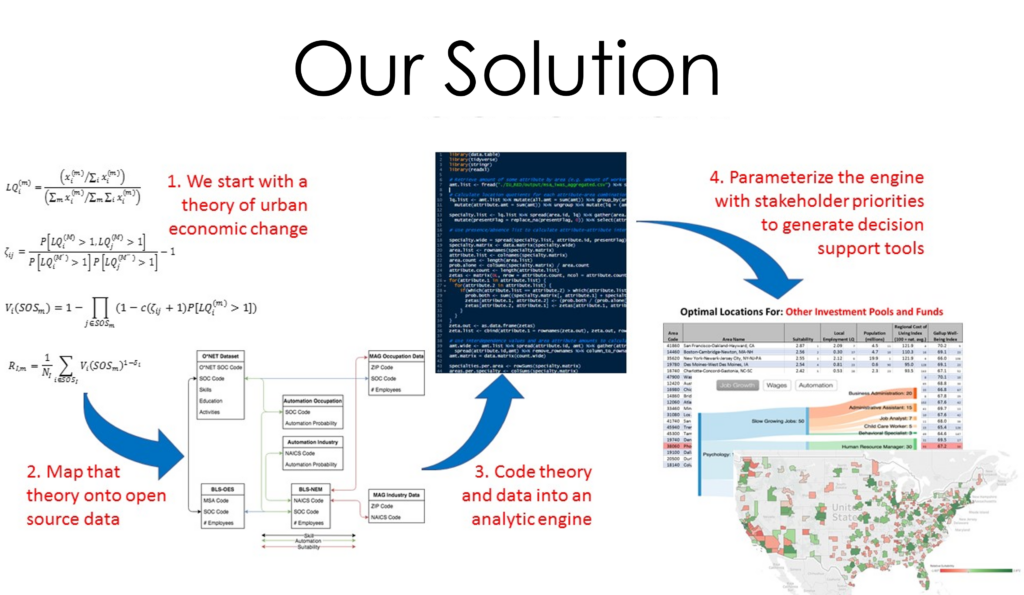
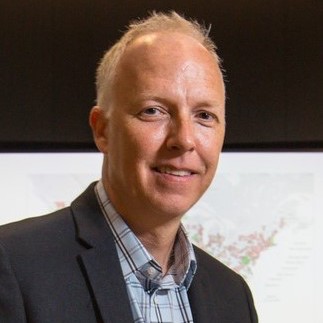
Shade T. Shutters is a research scientist in the School of Complex Adaptive Systems. He founded and directs ASU’s Laboratory for Regional Dynamics and Development and co-directs the Complexity Economics Lab. In addition to several affiliations at ASU, Dr. Shutters is external research faculty at the Global Climate Forum in Berlin, Germany. His research is focused on applying models from theoretical ecology to urban systems and economies. In this approach, species are not plants and animals, but occupations, industries, and technologies. He uses this complexity science approach to better understand the developmental dynamics of cities and to build data-driven decision support tools for urban policy makers, often in partnership with ASU’s Decision Theater. Dr. Shutters serves on the editorial boards of Urban Science and Nature’s Humanities and Social Sciences Communications. Shutters received a BS in finance from Indiana University and worked several years in international finance before earning a PhD in ecology at Arizona State University and completing a postdoc in applied economics at the University of Vigo, Spain.
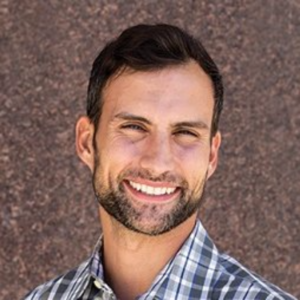
Michael Simeone is an Associate Research Professor in the School of Complex Adaptive Systems. He currently serves as the director of Data Science and Analytics for ASU Libraries and is also a Senior Research Fellow for the Future Frontlines program at the New America Foundation. He was the founding director of ASU’s Nexus Lab for Transdisciplinary Informatics from 2013-2016. His research uses tools like natural language processing and network modeling to understand organizations, communications, and cultural trends. Currently, he serves as a Domain Champion for Humanities for the Extreme Science and Engineering Discovery Environment. He received his doctorate in English from the University of Illinois at Urbana-Champaign. Simeone received his MS and PhD in English at the University of Illinois at Urbana Champaign and completed a postdoctoral fellowship with Illinois Informatics Institute at the National Center for Supercomputing Applications.
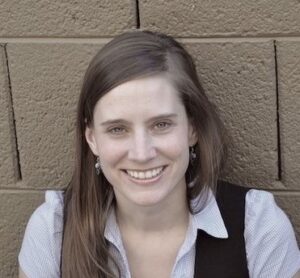
Julia Damerow is a lead scientific software engineer in the School of Complex Adaptive Systems (https://scas.asu.edu/). She co-founded and heads the Digital Innovation Group (DigInG) in ASU’s Global Biosocial Complexity Initiative (http://diging.asu.edu). DigInG’s mission is to develop new software tools to support researchers in processing, analyzing, and presenting their data. Julia also co-founded ASU’s Research Software Engineering group (https://rse.asu.edu/) and currently serves on the steering committee of the United States Research Software Engineer Association (https://us-rse.org/), a community of people that contribute to the development of research software. Julia also serves on the steering committee of DHTech (https://dh-tech.github.io/), a global community of people conducting technical work in the Digital Humanities. Her interests are the in application of computation to the field of history and philosophy of science and, more generally, software development for research. Dameron received a degree in computer science from the Beuth-Hochschule für Technik in Berlin and a PhD in computational history and philosophy of science from Arizona State University.
Transforming Tempe into a Bicycling Oasis Through Data-Driven Planning
Jan Gehl, the architect and planner who helped transform Copenhagen into a haven for bicyclists, explains that part of the reason motor vehicles are prioritized in planning is due to an imbalance of two stories. The dominant story, told from the perspective of a car and its promise of convenience. And a second story, about an environmentally friendly, healthy, and affordable way of living.
But we are at a tipping point. This year (2022), a developer called Culdesac will be opening a neighborhood with 1000 residents, intentionally car-free, here in Tempe. The ongoing shift to remote work has many households reevaluating their transportation options and the Culdesac experiment will influence their perception of the viability of car-free living. Also, the Culdesac development is going to increase demand for better bike infrastructure, just as Tempe is starting to revise its transportation master plan. If we can give the bike community a better way of telling their story, communicating the bicycling experience to those in power, then we can make sure infrastructure issues are dealt with and move Tempe towards being a world class bicycling city.
With support from the Zimin Institute for Smart and Sustainable Cities at ASU, a team of researchers is developing a replicable method to collect and share comprehensive data on the bicycling experience. The focus of the pilot will be routes used by Culdesac residents in Tempe. The method involves three sources of data:
- high-fidelity digital 3D imaging of bicycle facilities using advanced mobile LiDAR technology,
- automated bicycle counts, and
- qualitative data collected in a synergistic manner from Culdesac residents (e.g., in-depth survey, focus groups, and detailed travel diaries).
This data will be analyzed and combined to communicate the lived experience of bicycling in Tempe, through narrative evidence supported by comprehensive quantitative evidence. We will partner with ASU’s Decision Theater to enable bicyclists, city leaders, and other stakeholders to engage with this data in a rich visual and interactive experience. Once this method of collecting, merging, and presenting bicycling experience data is developed and piloted in Tempe, the team will assemble a guidebook to facilitate replication in other communities. The explicit goal is to provide critical input to the municipal policy and budget allocation process.
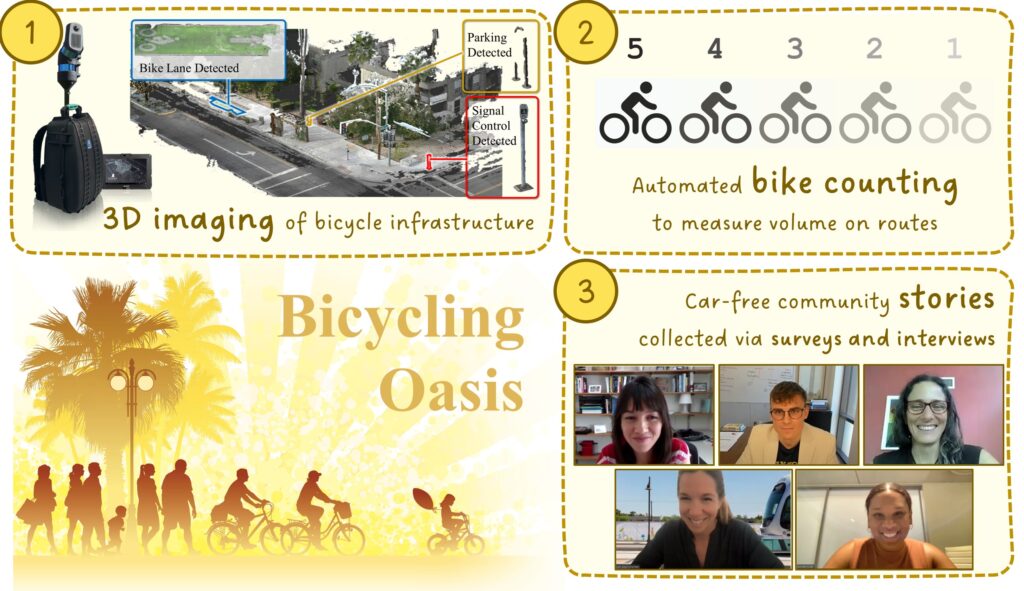
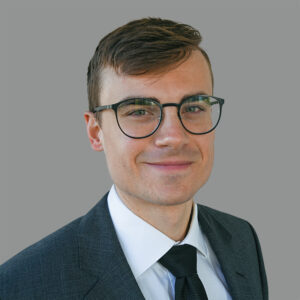
Thomas Czerniawski is an assistant professor at Arizona State University in the School of Sustainable Engineering and the Built Environment. His lab’s mission is to automate the creation of immersive digital learning experiences for the builders and stewards of infrastructure. Through his academic and industrial appointments, he has developed computer vision systems for pipe-spool fabrication quality control, building information model updating, and construction progress monitoring. His work has been published in over 24 academic publications and he was the recipient of a best paper award at the 25th annual conference of the European Group for Intelligent Computing in Engineering. During his career in construction management, he worked on several heavy civil construction projects in transportation and power generation. Thomas lives a car-free lifestyle.
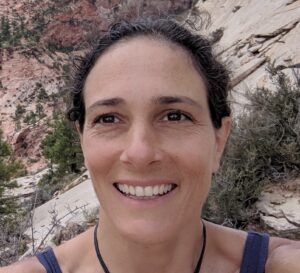
Deborah Salon studies transportation in cities with the goal of better understanding of how these systems work, and how policies and smart investments might improve them. She is passionate about doing research that can help solve real-world problems, and a common thread in her work is to inform policies that aim to reduce global automobile dependence. Salon employs methods ranging from qualitative, interview-based research to advanced econometric analysis. She holds a PhD in Agricultural and Resource Economics from the University of California, Davis. Before joining the faculty at ASU, Salon completed a post-doctoral fellowship at Columbia University’s Earth Institute and subsequently held a research appointment at UC Davis’s Institute of Transportation Studies.
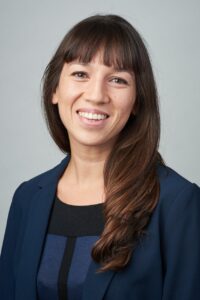
Huê-Tâm Jamme is an Assistant Professor in the School of Geographical Sciences and Urban Planning. Her research focuses on the lived experience of urban travel, from a global comparative perspective. Her goal is to help shape active and livable mobility spaces supportive of equitable access to opportunities. Her projects have looked at how mobility transitions and transit-oriented development (TOD) relate to issues of street vending, urban retail, social interactions in public space, and affordable housing. She is especially interested in how technological change, driven by internet penetration, affect these relationships. Her research methods include a mix of quantitative and qualitative methods. Her work has been published in Transportation Research, the Journal of Planning Education and Research, and the Journal of Environmental Psychology, among others. Her research and teaching draw on several years of professional practice in Asia as a consultant in urban development. Jamme holds a PhD in Urban Planning from the University of Southern California and an MSc in Political Sciences from SciencesPo Rennes, France.
Creating a circular economy between indoor vertical farming and food waste – A resilient and sustainable urban food systems for a rapidly growing desert city
Team: Yujin Park (PI) and Zhihao Chen (Co-PI), Sciences and Mathematics, College of Integrative Sciences and Arts
Type: Technology Demonstrator Development Projects
Theme: Infrastructure Surety, Resilience, and Integrated Functionality
The unprecedented growth of modern cities has placed intense pressure on current food systems. Soon, traditional farming methods will no longer be able to meet cities’ demands for fresh, high-quality foods. Traditional agriculture is approaching productivity limits due to challenges of limited freshwater and arable lands, global shortages of phosphorus and nitrogen reserves, rising energy prices, and a changing climate. Fresh, high quality foods from traditional farming have become luxury products affordable only for middle and high-class families. Lower-income areas become food deserts in which low-wage earners have limited access to nutritious foods. Urban food issues are compounded by food waste. In the U.S., 40-50% of all food produced is thrown away, causing an estimated annual waste in the U.S. of about $750 billion. Most food waste is not recycled but instead ends up in landfills, requiring up to 21% by volume and contributing 9% to the total U.S. greenhouse gas emissions.
Indoor vertical farming (IVF) is an emerging agricultural sector entirely focused on meeting the food needs of people in urban areas with the lowest environmental and energy costs. Using food waste as a primary nutrient source has been proposed as a means of reducing costs and improving efficiencies in IVF systems, but the methodologies have yet to be fully developed and brought to scale. In this project, PI Park, Co-PI Chen, and ASU students will develop simple and scalable procedures to increase plant available nitrogen in crude food waste fertilizer, and generate and share information on how pre-processed food waste fertilizer influences yield, productivity, and quality attributes in a variety of leafy vegetables in IVF.
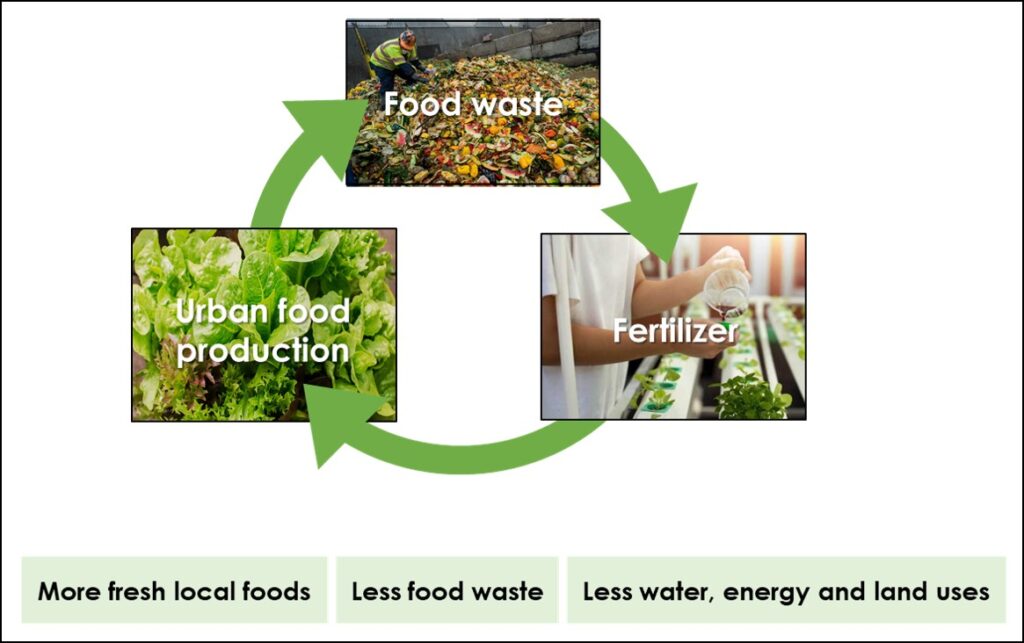
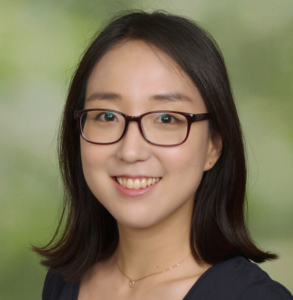
Yujin Park
Assistant Professor
Arizona State University
[email protected]
Dr. Yujin Park is an Assistant Professor in the College of Integrative Sciences and Arts at Arizona State University. She holds degrees from Michigan State University (Ph.D.) in the U.S., and Seoul National University (M.S.) and Yonsei University (B.S.) in Korea.
Dr. Park is an expert in controlled environment agriculture with a background in vertical farming, hydroponics, plant physiology, and horticulture. Since she joined the ASU in 2019, she has established the Indoor Farming Lab on the ASU Polytechnic campus. Her research focuses on investigating how optimizing environmental conditions can improve the crop productivity and quality in controlled environment agriculture. The overarching aim of her research program is to advance the sustainability and feasibility of indoor vertical farming and greenhouse production.
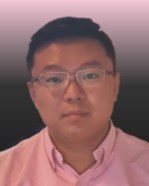
Zhihao Chen
Instructor
Arizona State University
[email protected]
Zhihao Chen is an Instructor teaching vertical farming and chemistry in the College of Integrative Sciences and Arts at Arizona State University. He earned his B.S. and M.S. in Environment and Resource Management at ASU.
Prof. Chen is an expert in vertical farming and environmental system engineering with a background in waste management, waste characterization, controlled environments, and environmental sensor systems. He has developed and applied technologies that efficiently transfer water/energy/nutrients from organic waste to fresh produce via anaerobic digestion and vertical farming. He worked as a consultant and engineer in various environmental related fields. He is also the co-founder of Homer Farms Inc.